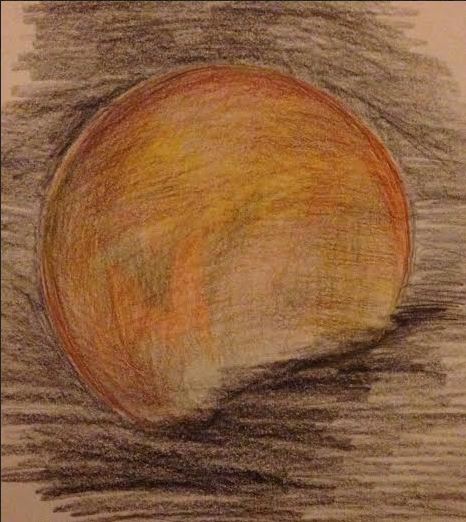Pluto, the dwarf planet named after the Roman god of the Underworld, seems to have a close relationship with identity changes. On October 1, 2014, the Harvard-Smithsonian Center for Astrophysics (CfA) acknowledged the fact that, yes, Pluto is indeed a planet again. However, why the sudden change?
Many remember that in 2006, the International Astronomical Union (IAU) declared the planet Pluto a dwarf planet due its odd orbital around the sun; the orbit tilts diagonally and does not stay on the same plane like other planets do. Moreover, Pluto has a relatively small size compared to the other planets’ sizes. In fact, it is only about half the size of the United States, if one could compare the planet to a geographical map.
The fact that many minor sized planets – looking suspiciously like the ninth planet from the Sun – kept popping up nearby only increased scientists’ questioning of Pluto’s planet status. The area around Pluto was later labeled the Kuiper Belt, containing similar ice-covered objects that are barely the size of Russia. The situation drew connections to the past confliction about Ceres, which was once labeled as a planet, but downgraded due to the fact that it had many similar sized ‘planets’ floating around it. This area is now known as the Asteroid Belt.
Pluto, despite its smallish status in the planetary system, is, ironically, the largest object floating along the Kuiper Belt. The contributing factor of Pluto’s moons additionally causes doubt over whether it truly should be called a dwarf planet. To add insult to injury, the public cried foul when the IAU proclaimed Pluto an improper planet.
Some scientists lightheartedly put it as “scientific heresy”, while others took more drastic measures and declared March 13 – the day Pluto was downgraded in status – as International Pluto Day, acknowledging its planetary existence. A rare few even took to extremes and started protests to save Pluto’s name.
The IAU, even with the presence of these facts, never flinched in the last eight years, but the nostalgic public seemed to ignore the program’s staunch decision and persistently worked towards the dwarf planet’s restoration as a planet. Eventually, the CfA debated over the definition of a planet with the IAU and exoplanet scientists. The people in the audience were asked to vote for which opinion they agreed with wholeheartedly, and the response? The public’s opinion has trumped scientists, and the largest object in the Kuiper Belt has been upgraded back to its former status as the ninth planet from the Sun.
It was not long until Pluto’s planetary status was celebrated. The media soon transformed into a frenzy of astronomical rejoicing and debate. Time published a positive article over the topic, praising the choice (probably influenced by the public), whilst USA Today offered a more questioning point of view (most likely from less sentimental writers). Other papers, including The Guardian and scientific magazines, pounced upon Pluto’s return to the solar system. The social networking site Tumblr particularly enjoyed the news with its infamous memes and statements (“Viva la Pluto!”). Whether scientifically or nostalgically, Pluto has yet again been named as a planet – before it even traveled its full orbital round the Sun.

